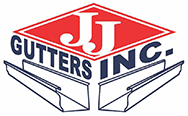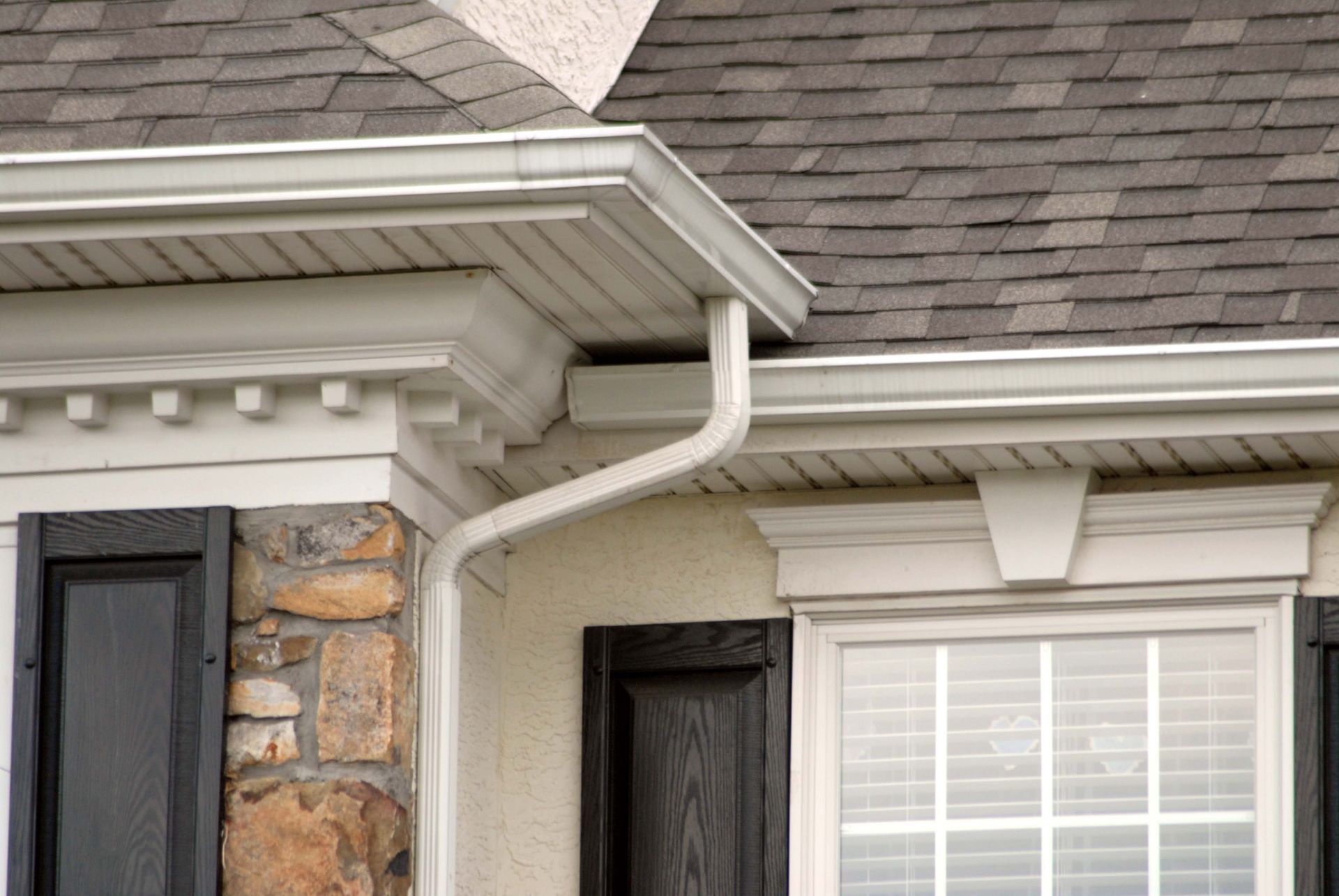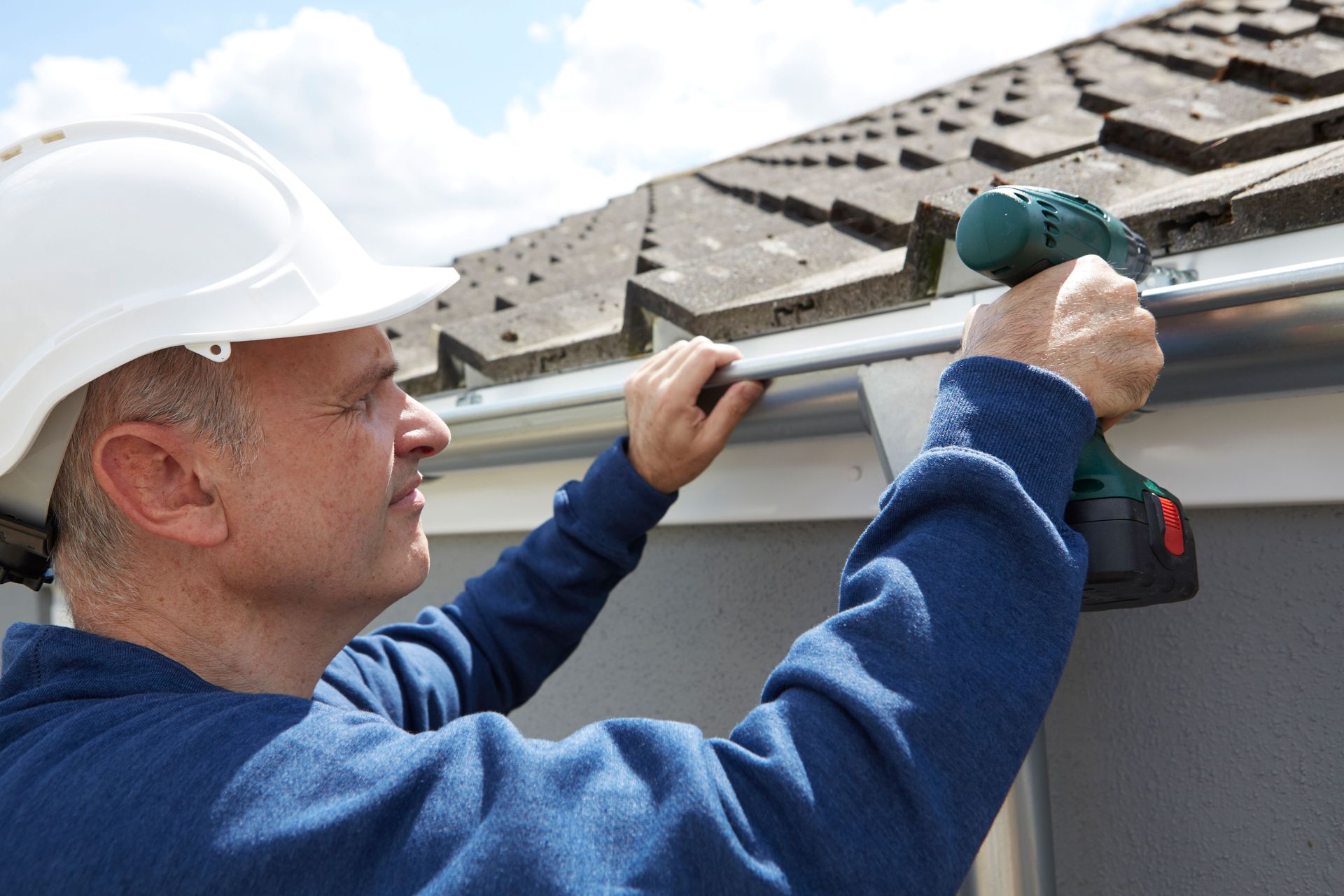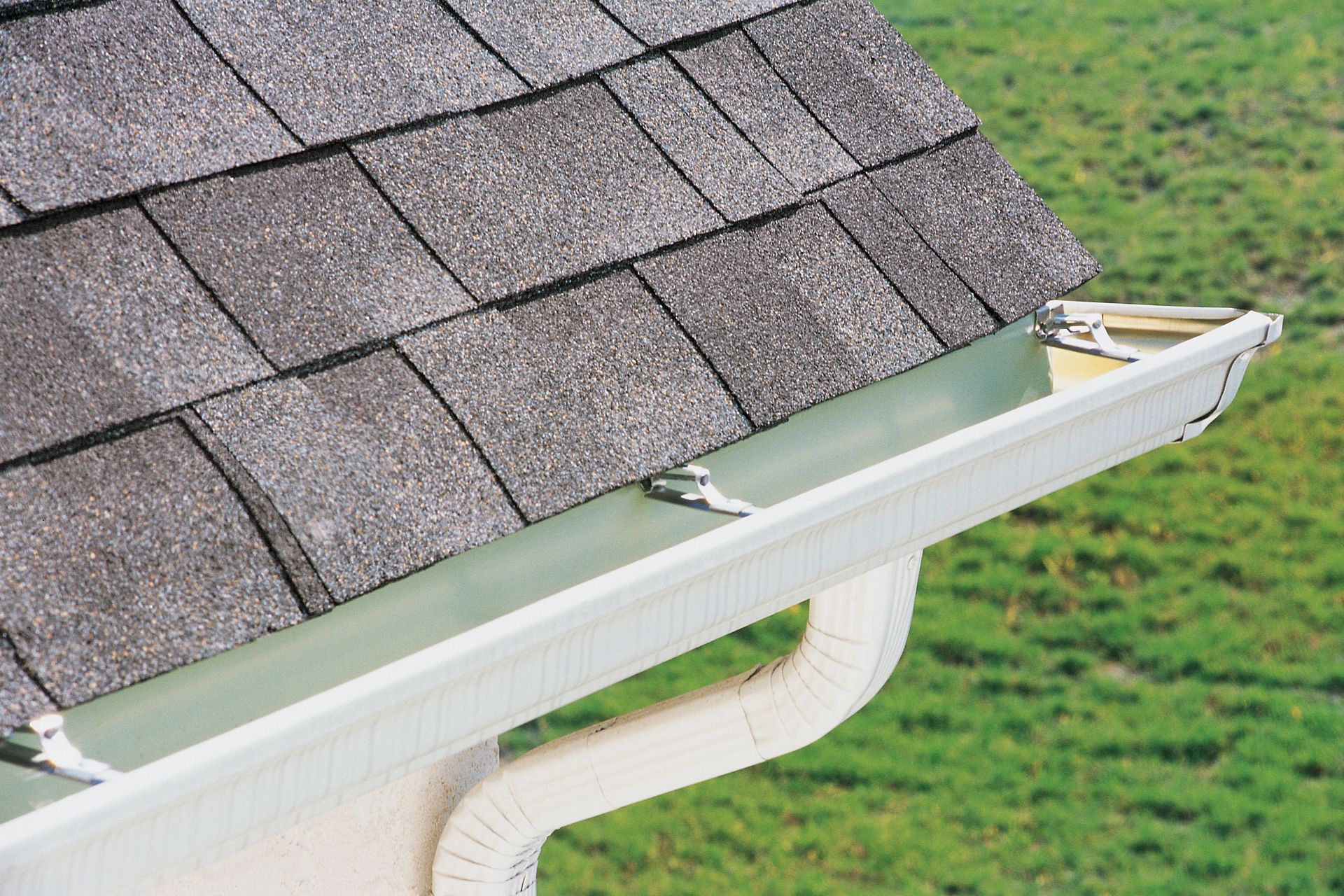6 Signs You Need to Switch Out Your Gutter System
Gutters play a vital role in protecting your home from water damage by channeling rainwater away from your roof, siding, and foundation. However, even the most durable systems won’t last forever. Over time, wear and tear can compromise their effectiveness, putting your home at risk. Recognizing when it’s time for a replacement can save you from expensive repairs and help maintain your home’s integrity. Older homes, especially those in climates with frequent storms, are more likely to suffer from outdated or inefficient gutters.
Paying close attention to warning signs ensures you're not caught off guard by preventable damage. Neglected gutter systems are one of the leading causes of foundation issues, mold infestations, and rotting exterior materials. Whether you're noticing subtle shifts or obvious damage, knowing when to act can make all the difference in preserving your home's structure and value. Below, we explore six key signs that indicate it may be time to contact professional gutter companies for a full system replacement.
1. Persistent Water Damage Near Your Foundation or Exterior
One of the most serious indicators of a failing gutter system is ongoing water damage around your home’s foundation. If water overflows or pools near the base of your house, your gutters may be clogged, misaligned, or too worn to do their job. This can lead to basement flooding, weakened foundations, and long-term structural issues.
Exterior walls and siding can also suffer from continuous water exposure. Stains, warping, and decay are clear signs of gutters spilling water down the sides of your home. Fascia boards that support the gutters can rot when exposed to consistent moisture, leading to further structural decline. Even your landscaping isn’t safe—soil erosion caused by improper water flow can affect plants and cause your yard to become unbalanced.
Considering that an inch of rain on a standard roof can create nearly 1,900 gallons of runoff, according to This Old House, it’s critical to keep your gutters functioning properly. If water damage becomes a pattern, it’s time to consult experienced gutter companies for an evaluation.
2. Sagging, Warped, or Detached Gutters
A noticeable sign of gutter failure is sagging or pulling away from the house. The weight of trapped water, leaves, and debris can loosen fasteners and stretch the material over time. When this happens, water doesn’t drain as intended—it pools in low spots or spills over entirely.
Gutters that appear warped or buckled can no longer hold their shape or align with the roofline. This results in poor water distribution and may even allow water to seep into your roofing system. Overflow or dripping at points other than the downspout typically means the pitch is off and water can’t flow properly.
While minor adjustments might correct isolated issues, recurring sagging or structural deformities generally mean the entire system should be replaced. When gutters lose their shape or connection to the house, they stop doing their job, and leave your home vulnerable.
3. Cracks, Holes, and Rust Spots
Small cracks and splits may seem harmless at first, but they can quickly turn into major problems. These flaws allow water to leak into places that should remain dry, damaging siding, windowsills, or internal walls. If cracks appear throughout the system, it's often more cost-effective to replace the entire gutter rather than attempt constant patchwork.
Rust is another warning sign, particularly with older metal gutters. Once corrosion begins, it spreads quickly and compromises the gutter’s strength and appearance. Even if you patch a hole or repaint a section, the underlying material may be too deteriorated to last much longer.
Rather than pouring time and money into short-term fixes, many homeowners find it’s better to call gutter companies for professional advice. In many cases, replacing the system offers greater long-term value than repeated repairs.
4. Overflowing Gutters with No Blockages Present
If your gutters overflow during heavy rain even when they’re clear of leaves and debris, it’s likely a sign of poor design or capacity. Many homes, especially older ones, have gutter systems that weren’t built to handle today’s rainfall patterns or storm intensity. In these cases, upgrading to larger or more efficient gutters is essential.
Improper alignment can also cause overflow. When gutter segments aren’t properly pitched toward the downspouts, water can back up or escape through seams. Settling foundations or sloppy installation can shift your gutters out of alignment without warning.
A poor initial installation is another factor. If downspouts are placed incorrectly or fail to channel water far from your foundation, even a small storm can lead to flooding. The most reliable gutter companies evaluate the size, angle, and layout of your entire system to determine whether a full upgrade is necessary.
5. Mold and Mildew Growth Around the Home
The appearance—or smell—of mold or mildew near your home’s foundation, siding, or even inside basements is often caused by moisture that shouldn’t be there. Leaky or overflowing gutters create the perfect environment for fungi to thrive. Left unchecked, mold growth can cause health problems for your family and degrade the materials your house is built with.
If you notice musty odors, greenish-black patches on walls, or peeling paint, there may be a moisture issue stemming from ineffective drainage. This is especially true in areas where the gutter overflows consistently or where water pools near walls.
Mitigating mold requires more than just cleaning the area—it demands correcting the root cause. Replacing old or undersized gutters and adding features like gutter guards can reduce the moisture buildup that fosters mold. Many gutter companies also provide moisture control solutions that complement gutter replacements.
6. Constant Need for Repairs or Maintenance
While occasional repairs are normal, a system that needs constant attention is a sign it’s nearing the end of its lifespan. Frequent leaks, loose fasteners, and repeated clogs can become more than just a hassle—they can signal underlying material failure or outdated construction. Not only do repeated repairs add up financially, but they also demand time and energy that most homeowners don’t have. Investing in a new gutter system can significantly reduce maintenance requirements and eliminate recurring issues.
Common causes for chronic gutter problems include poor materials, environmental wear, and past installation errors. Today’s modern gutter options offer improved materials, designs, and functionality that older systems simply can’t match. Reaching out to trusted gutter companies for a system replacement may be the most practical move in terms of both budget and peace of mind.
Protect Your Home by Knowing When It’s Time for New Gutters
Knowing when to replace your gutters is crucial for protecting your home from water-related damage. From visible cracks and sagging to recurring overflows and mold growth, each sign signals a problem that’s only likely to get worse. Instead of relying on quick fixes that delay the inevitable, a full gutter replacement ensures your home stays dry, structurally sound, and looking its best.
Reliable gutter companies can help you evaluate your current system, recommend the right materials and design for your property, and provide expert installation. With a proactive approach, you can avoid costly home repairs and invest in long-term protection that pays off. Modern gutter systems offer improved performance, durability, and low-maintenance features that make them a smart investment. Don’t wait for extensive damage—address problems early to preserve your home’s value and safety. Don’t wait for water damage to catch you off guard—make the smart move by replacing your gutters with help from J J Gutters Inc today





Share On: